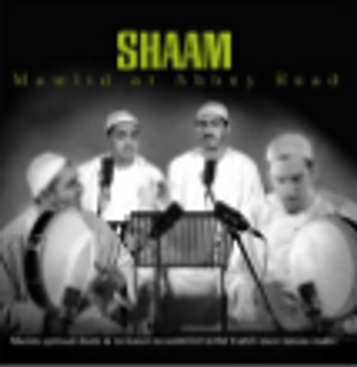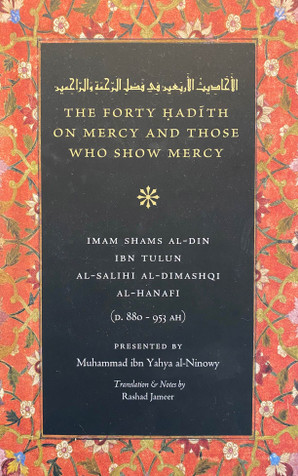Mercy like the Rain has only 6 tracks but the average length of a song is nearly 6 minutes! Traditionally Arabic nasheeds have never been short 3 minute affairs as we have become accustomed to in the West. Rather they easily span 10 minutes plus. So one of the first tasks for the group was to find ways of reducing the duration of the chosen nasheed without sacrificing too much content or the accompanying artistic improvisation. Once that was resolved, arrangement and melodies were either adapted from the traditional or devised afresh. In all 10 songs were developed and halfway through the project the final six were selected: one Urdu, two English and three Arabic nasheeds got the proverbial nod.
For the Urdu track, Jashne Aamede Rasool, selection was easy - it was simply one of the most requested songs during their live shows and a classic in the Indian sub-continent and its diaspora in the West. However, for the album it was decided to give it a contemporary flavour by adding drums to what is traditionally an a cappella track and some extemporising by Haroon. The title track Mercy like the Rain is one that seeks to list some of the many mercies bestowed upon mankind by Allah. Its words are strikingly simple - designed to be easily sung by the young - and yet the song reflects deep meaning about our view of this world. Thank you Allah, the second English track, is much more explicit in its praise of the Creator and is another established crowd pleaser. When it came to developing a melody for this song, Haroon and Alpay together crafted something reminiscent of the Malaysian style - their salute to the contribution made to the nasheed genre by the likes of Raihan. The choice of Mowlaya Sali was almost mandatory given the resurgence of interest in the West of Imam al-Busiri's classic Qasidah Burda, or Poem of the Mantle. The track is ingenius in that it takes only a few well-chosen verses from chapter 10 but uses them to form the basis of a variety of singing styles, sometimes fast yet mainly slow, that really do showcase SHAAM's vocal talents. Its style is Syrian. The remaining two Arabic tracks. Qulama Nadayt Yahu and Ana Dayfak are both rousing nasheeds to say the least, each with its distinctive drum patterns. The latter, a re-work of a version they released in 1998, features the distinctive voice of young Abdul-Aziz, now with the boy group Al-Habaib (who hope to release their debut album next year), while the former is presented in its fastest style of rendition. There are at least four other styles of singing Qulama Nadayt Yahu (originating from different parts of the Muslim world), each progressively slower and with a different melody - all of which SHAAM are capable of performing. This version has a fantastic intricate opening that whets the listener's appetite for the main body of the song. It is this opening that starts the album and introduces us to the world of SHAAM.
 US Dollar
US Dollar















